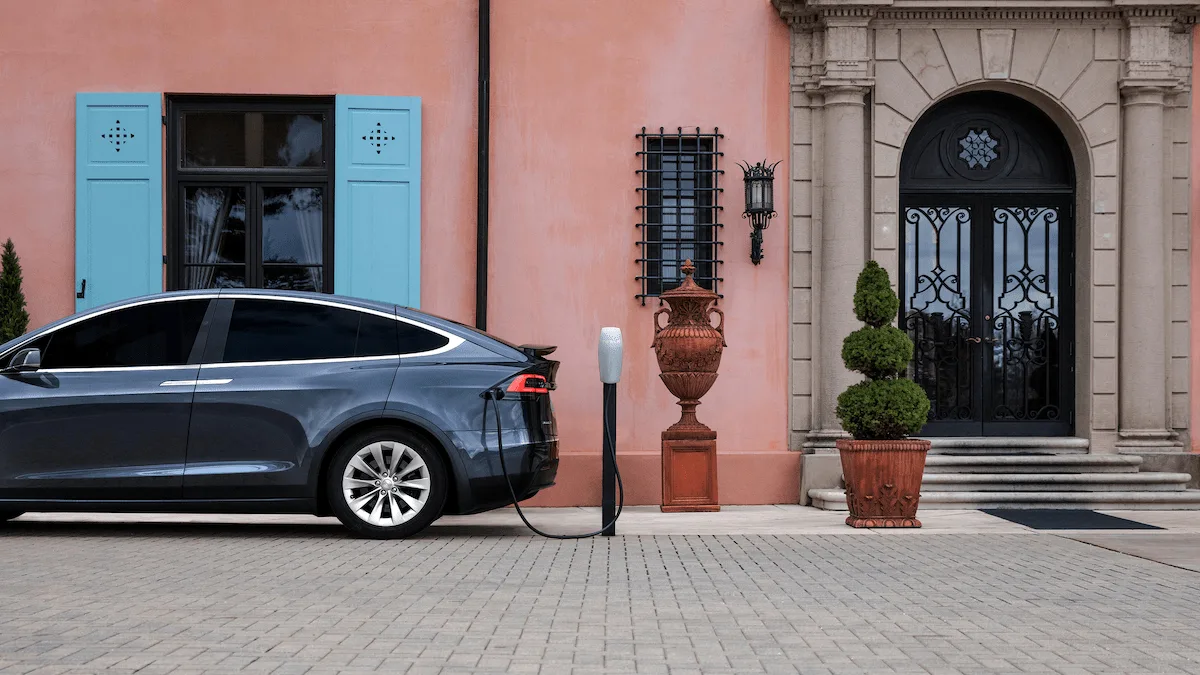If you recently bought a Tesla or are thinking about buying one, there are so many questions to think about! One of the most common questions many ask is whether or not you should charge your Tesla every night.
To maximize battery performance and life, it’s not recommended to charge your battery overnight unless it has been exhausted below 80%. This is because charging the battery to the full 100% charge puts stress on the battery that isn’t necessary.
While this is the general recommendation, keep reading to learn more about how to maximize your battery’s health through good charging habits.
How Often Should You Charge Your Tesla?
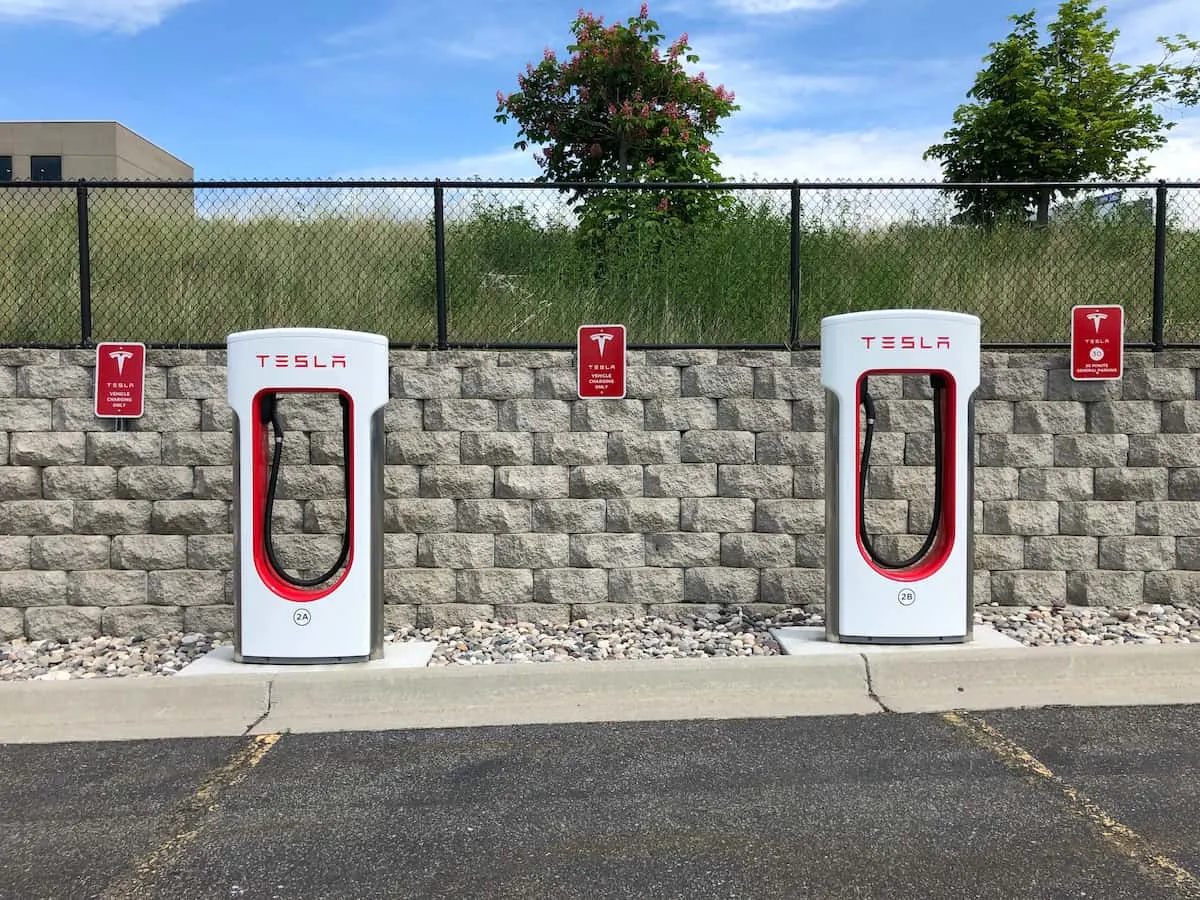
Well, as mentioned before, you can charge it every day but you want to focus on how much you allow the car to charge. If you are charging every night and allowing the car to reach a full charge, then this isn’t recommended in the owner’s manual.
However, if you charge every other day and allow the charge to only reach the 70 to the 80-percentage range, then you are doing exactly what it needs. This is because charging the battery to the full 100% charge puts stress on the battery that isn’t necessary.
Keeping it between twenty to eighty percent charge is perfect for most daily usage. Only charge up to 90-100% for longer trips, or when you expect to need the additional range.
If you have charged the battery to 100%, then you should not charge it again until the percentage is below 80% because it is not needed until then. This will give the battery a break so that it is not being overworked often.
If you know that you will not be driving your car for some time, like if you are going on vacation for a weekend, then you can leave it at around 60% instead. This is still considered energy efficient and good for battery life.
One of the most important factors to consider to ensure the health of your Tesla battery is to keep it charged above 20% if possible. Fully draining the battery causes more strain than keeping it topped off!
According to Tesla’s manual, “A happy Tesla is a plugged in Tesla” so don’t be afraid to charge it!
Instead of charging it as much as possible, you want to ensure that you are giving the battery a chance to rest too. Using up power from it every chance you get is not for the lifespan of the battery and will likely hurt the longevity of it if you charge it way too often.
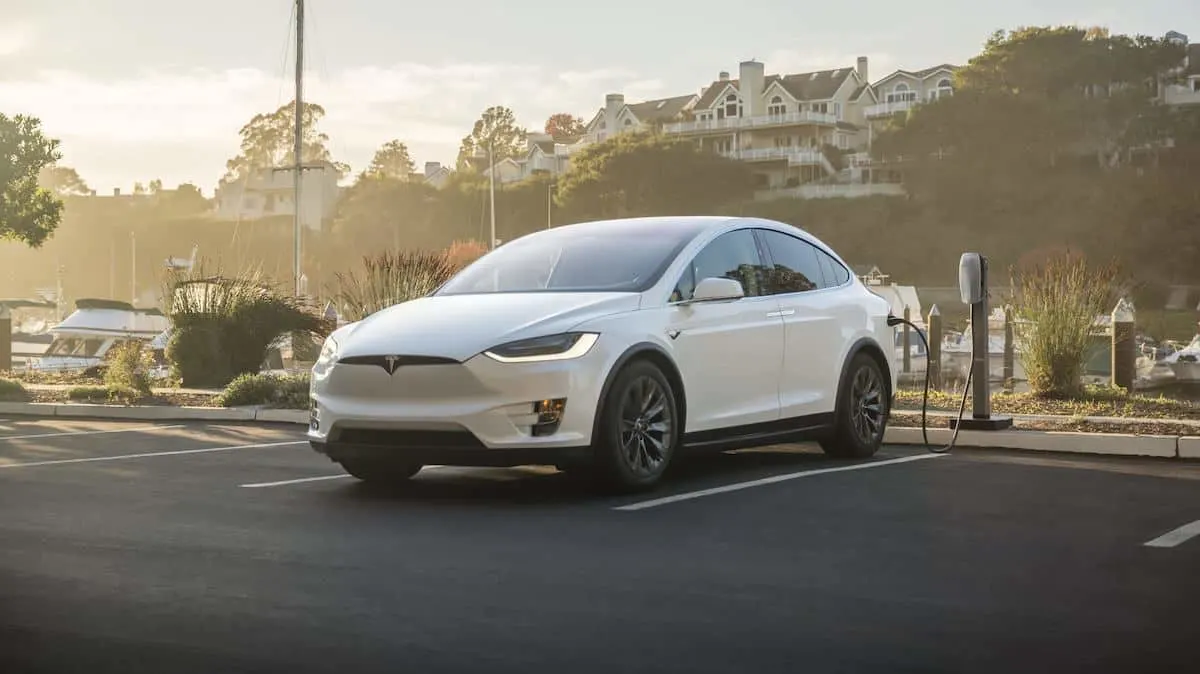
Is It Bad to Charge Tesla Every Day?
Though it isn’t always necessary, charging it every day when the battery is low is a great idea. If you have a long commute that uses up much of the charge during the day, then charging it each night is just fine.
However, you do not want to charge it if it doesn’t need it because this will put unnecessary stress onto the battery since it has to work harder to charge to that full charge. You only want to charge the vehicle when needed, and give the battery a chance to rest if your vehicle doesn’t need to be charged.
The same issue applies if you allow the charge to get very low and reach about 5%, which is extremely low for charging. This makes the battery have to work extra hard to get the charge up to a good amount and can take a toll on the durability of the battery itself.
To save your battery as much as possible, you don’t need to charge it until it gets low enough to need it. If it is not at that point yet, then it is much better to allow the car to sit overnight without being charged if the limit isn’t set at 90%.
This will ensure that your battery is not being overworked, but it will still allow you to plug it in without the charge going way over what you need and causing issues later on. So, if you do charge it every day, just make sure to set the charge limit.
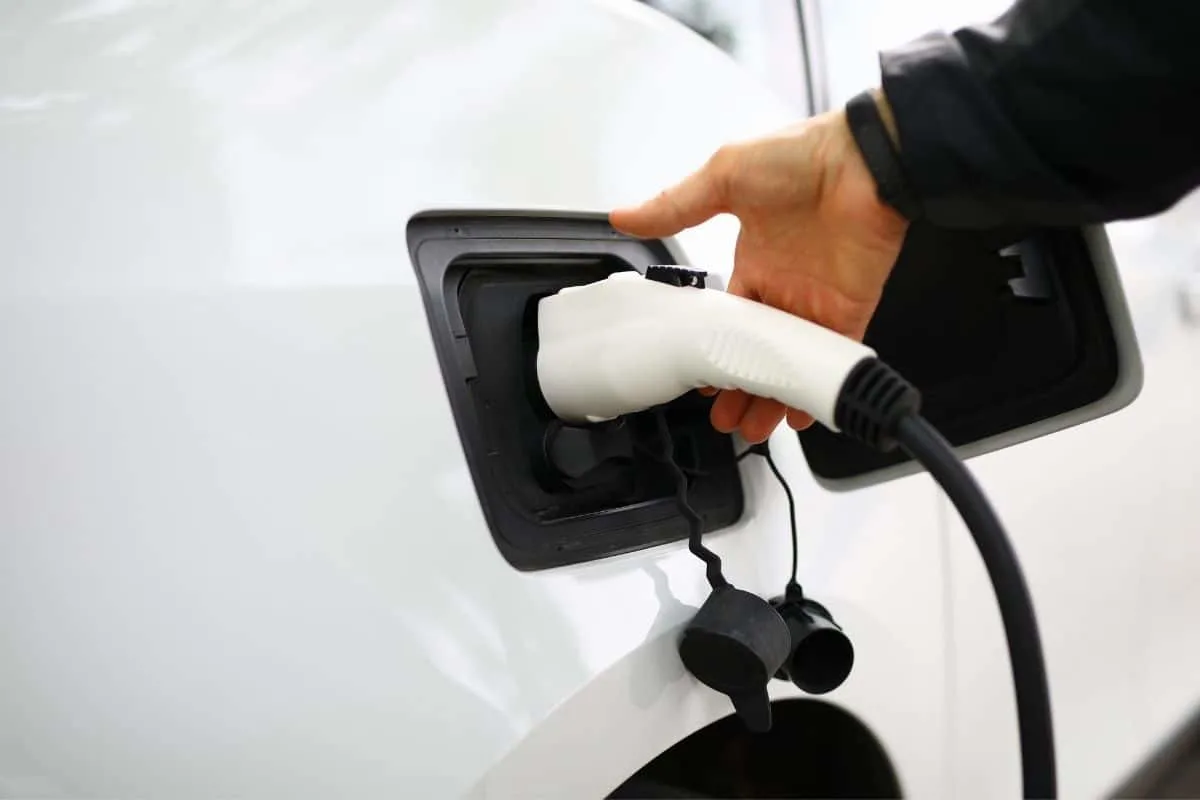
Should I Leave My Tesla Plugged in All the Time?
If you have the charge limit set then you will be able to plug it in whenever you get home to ensure that you will have the right amount of charge for your daily commute the next morning.
However, if you don’t have much of a commute, then you might not need to do this very often!
You want to allow the battery charge to be used because it will take a lot out of the battery to be at a high charge more often than not. If you only have a small commute to work, then you could only need to charge your vehicle every other day or less if the charge doesn’t fall below 80%.
It might be tempting to plug your car in whenever you get home to ensure that it has a full battery when you hop in it the next morning, but this is not ideal for the battery and you could be taking a bit of time off the battery life by overcharging it.
So, you want to adhere to the range above and only recharge your vehicle after it falls below 80%. Or, plug it in every day out of habit, but keep the charge limit so it won’t over-charge the battery when it charges.
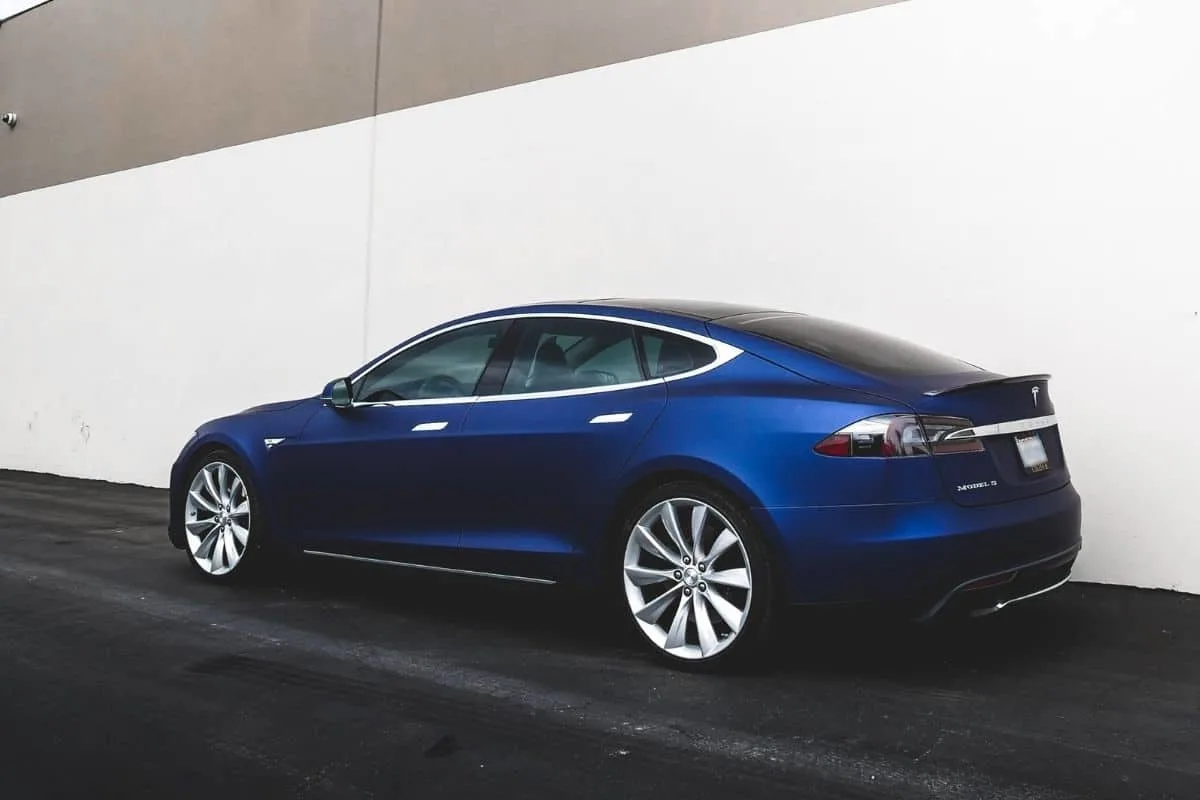
What if My Tesla Runs Out of Charge?
With the wide availability of Tesla charging stations, this should not be much of a problem if you are prepared!
However, if you end up on a long trip where you don’t stop in time to hit the charging station you meant to go to, then you could run out of charge while you’re on the road.
If this occurs, you will need to call a tow truck to come and tow your vehicle to the closest charging station. However, this isn’t something that should happen easily, or often.
Your battery should be well-charged before you go on any drive, and you should look up the charging stations along the route so that you know where to make a pit stop when you need to. This will allow you to know what roads to take to make each stop if you need more than one for the long drive, so you don’t run into this type of problem.
You can also ensure that you have the fullest charge for the drive so that you won’t need to stop more than once on the trip. This will also keep you from allowing your battery from getting too low to power the vehicle any longer and leaving you on the side of the road.
If you aren’t good at planning, then you might want to have roadside assistance phone numbers in your vehicle when you notice that your charge is getting too low for comfort.
Can You Push a Dead Tesla?
If you do run into the issue of getting stuck in the road because your Tesla runs out of charge, then you want to get it onto the side of the road to wait for a tow truck.
You don’t ever want to leave your car in the middle of the road if it can be pushed to the side!
However, not everyone knows if you can push a Tesla just like you can with a gas-driven vehicle. Well, the good thing about a Tesla vehicle is that you can move it when it is out of charge just as easily as any other vehicle.
All you need to do is put your car in Neutral and give it a push to get it out of the road and onto the side of the street. This ensures that it is out of the way on oncoming vehicles and does not stop the flow of traffic for others.
If you are alone, you might have a harder time doing this, but if you have one or more passengers then you will likely be able to move the car fairly easily. If you don’t have any passengers with you, then you might need to wait for someone else to come help you with the weight of the vehicle.
Thankfully, there is usually someone who is willing to help you out when you need it!
Final Thoughts
Having a Tesla is a great thing to work toward, and having one is a nice accomplishment on the driver’s part. But taking care of these vehicles is different than a regular engine in an older vehicle.
So, you want to know how to charge the battery and how often it needs to be done to ensure that it lasts as long as possible and doesn’t run out on you when you need it most.
Keeping the battery at a high percentage is good, but you don’t need to charge it every day unless your charge is low.
If the percentage is higher than 70 or 80 percent, then you would do good by the battery to allow it a day off from charging. This will keep the battery from being overworked and working at its highest.
So, don’t charge your Tesla every day if you don’t have to, and instead, abide by the recommendations here to keep your battery working its best.
Related Articles
If you found this article helpful, then make sure to take a look at some of these related posts as well!
